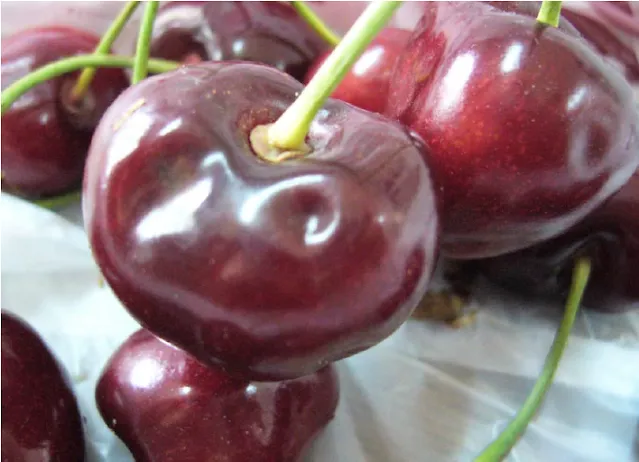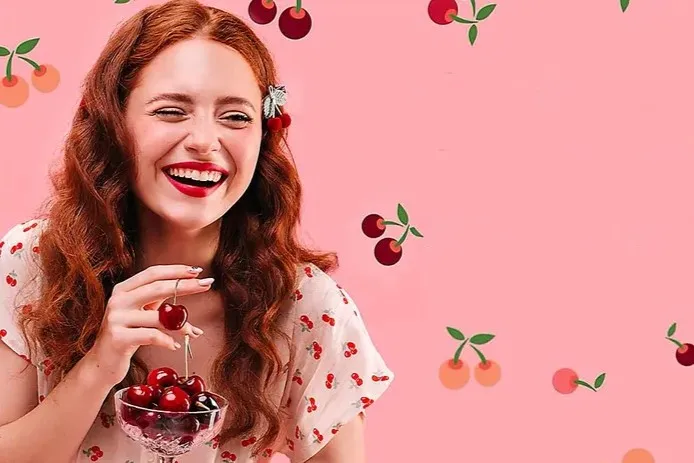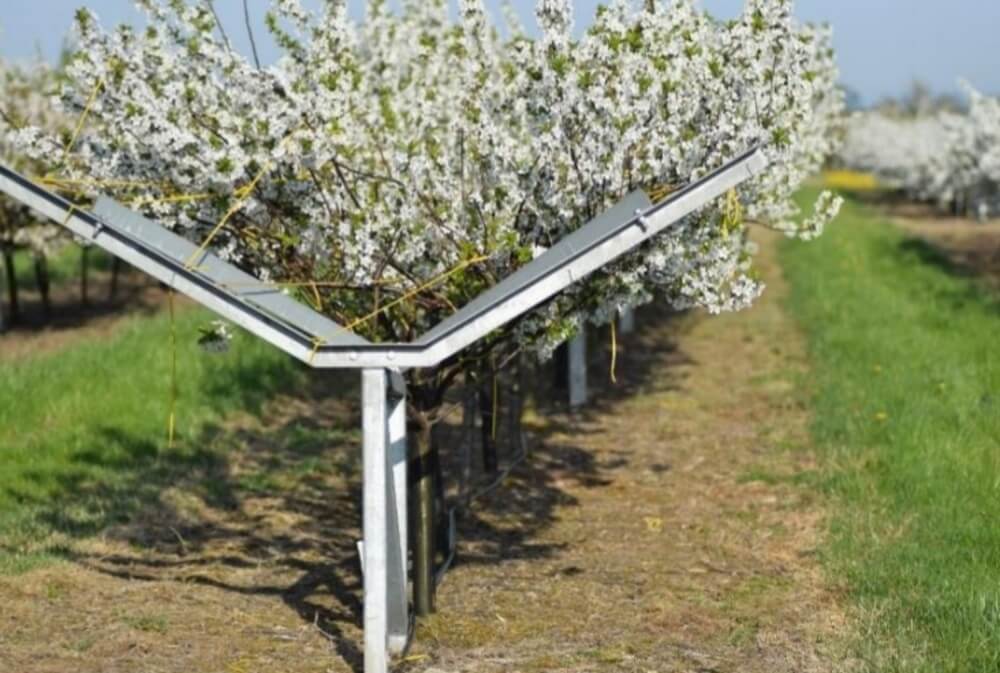The superficial pitting damage of sweet cherries is caused by mechanical damage before and after harvest. The damage occurs when the fruit is dropped onto a surface or when another object is dropped onto the fruit (impact bruise), when the fruit rubs against another fruit or surface (vibration or abrasion bruise), or when the fruit presses against another fruit or a hard surface (compression bruise).
Unfortunately, the defect only manifests after 7-10 days of cold storage, after the fruit has been packaged and inspected for export. The defect has serious economic implications for the producer as consumers expect fruits with a defect-free surface.
The pre-harvest strategies to prevent or reduce the occurrence of superficial pitting are:
- Choice of less susceptible cultivars
Varieties such as Skeena, Santina, and Regina are more susceptible to superficial pitting compared to Staccato, Lambert, and New Star, which are more resistant. In the literature, there are also contrasting results related to the same cultivar, as cultural practices can also have a significant impact on the appearance of this defect.
- Treatments with calcium, gibberellins, and glycine betaine
Each of these treatments acts differently, but all work at the cellular level. Calcium plays an important role in the structure and strength of the cell wall, in the structure and integrity of the cell membrane, and in cellular signaling responses. The application of gibberellins before harvest delays the accumulation of abscisic acid at the onset of ripening, resulting in greater flesh firmness in sweet cherries.
Glycine betaine is a natural plant product. Being an osmoprotectant, it has been discovered that it protects fruits from cold damage, oxidative stress, and pathogen growth.
 Management of fruit load
Management of fruit load
The objective of this practice is to correctly balance the number of leaves with that of the fruits to maximize quality. Trees with a high leaf-to-fruit ratio produced fruits with firmer flesh and a lower incidence of pitting.
It is important to identify the optimal peel color in which the fruit is less susceptible to mechanical damage and acceptable to consumers. Moreover, the harvesting team must be well-trained. Finally, the fruit must be transported to the packing warehouse within 2-4 hours of harvesting, handled gently to avoid compression bruising, and protected from heating and drying with insulating covers for bins, wet foam pads, or reflective tarps during transport to the cooling facility.
Packaging lines must be designed to reduce impacts and drops and to allow for gentle handling of the fruit. A maximum drop height of 15 cm is recommended in the field (when the fruit temperature is generally above 20 °C) and 5 cm on the packing line (when the fruit temperature is generally between 10 °C and 2 °C).
Several studies have indicated that storage temperatures between 2.2-4.4 °C in sealed polyethylene bags or MAP bags after packaging have significantly reduced the incidence of pitting and extended the shelf life of various sweet cherry cultivars to 30-40 days. The optimal relative humidity for the storage of sweet cherries is between 90 and 95%.
Source: Jooste M., Mzize N., Pitting in cherries, Hortgro Science/ Department of Horticulture, Stellenbosch University, Stellenbosch, South Africa. Cherry-Pitting-Literature-Summary-Mariana-Jooste.pdf.
Images: Portal Frutícola; El Mundo
Melissa Venturi
University of Bologna (IT)
Cherry Times - All rights reserved




 Management of fruit load
Management of fruit load







